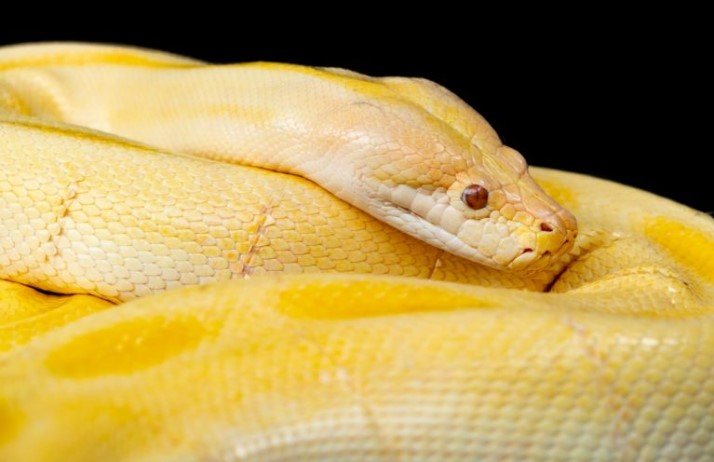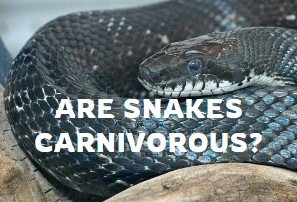Demystifying Garter Snakes: Understanding the Truth about Venom in Thamnophis
Introduction:
Garter snakes, with their vibrant patterns and widespread distribution, often coexist with humans in various habitats. However, the question of whether garter snakes are poisonous or pose any threat to humans is a topic that merits exploration. Let’s unravel the complexities surrounding garter snake venom, or lack thereof, and understand the nuances of their interaction with humans.

1. Venom vs. Poison:
To clarify the terminology, it’s essential to distinguish between venomous and poisonous. Venom is a substance injected by a bite or sting, while poison is harmful when ingested or touched. Garter snakes, like most snakes, are considered mildly venomous rather than poisonous.
2. Mild Venom Composition:
Garter snakes possess mild venom, primarily intended for subduing their prey. However, the toxicity of their venom is considerably low compared to venomous snakes that pose a threat to humans. Garter snake bites are generally harmless and do not lead to severe reactions.
3. Defensive Biting Behavior:
Garter snakes are known for their docile nature, but when they feel threatened, they may resort to defensive behaviors, including biting. While their bites may cause mild irritation, redness, or swelling, serious medical consequences are extremely rare.
4. Harmless to Humans:
The majority of garter snake species found in North America are harmless to humans. Their venom is not designed for affecting large mammals, and garter snakes are not equipped with delivery systems that can efficiently inject venom into a human’s bloodstream.
5. Localized Effects:
In the rare instances of a garter snake bite, the effects are typically localized to the bite area. Any discomfort or reaction is generally mild and subsides without medical intervention. However, individuals with allergies or compromised immune systems should seek medical attention if bitten.
6. Varied Diets and Adaptations:
Garter snakes primarily feed on invertebrates, amphibians, and small vertebrates. Their venom aids in subduing prey, but the composition and effects vary among different garter snake species. Some garter snakes have evolved resistance to the toxic secretions of certain amphibians they consume.
7. Conservation Value:
Garter snakes play vital roles in ecosystems by controlling insect and small vertebrate populations. Their venom, adapted for prey capture, contributes to the balance of local food webs, showcasing the intricate connections between species in their habitats.
Conclusion:
In summary, while garter snakes possess mild venom, they are not considered dangerous to humans. Their bites, while defensive in nature, typically result in minimal effects. Understanding the nuances of garter snake venom underscores the importance of coexistence and appreciation for the ecological roles these fascinating reptiles play in the natural world.
Learn more about what snakes eat.





Leave a Reply